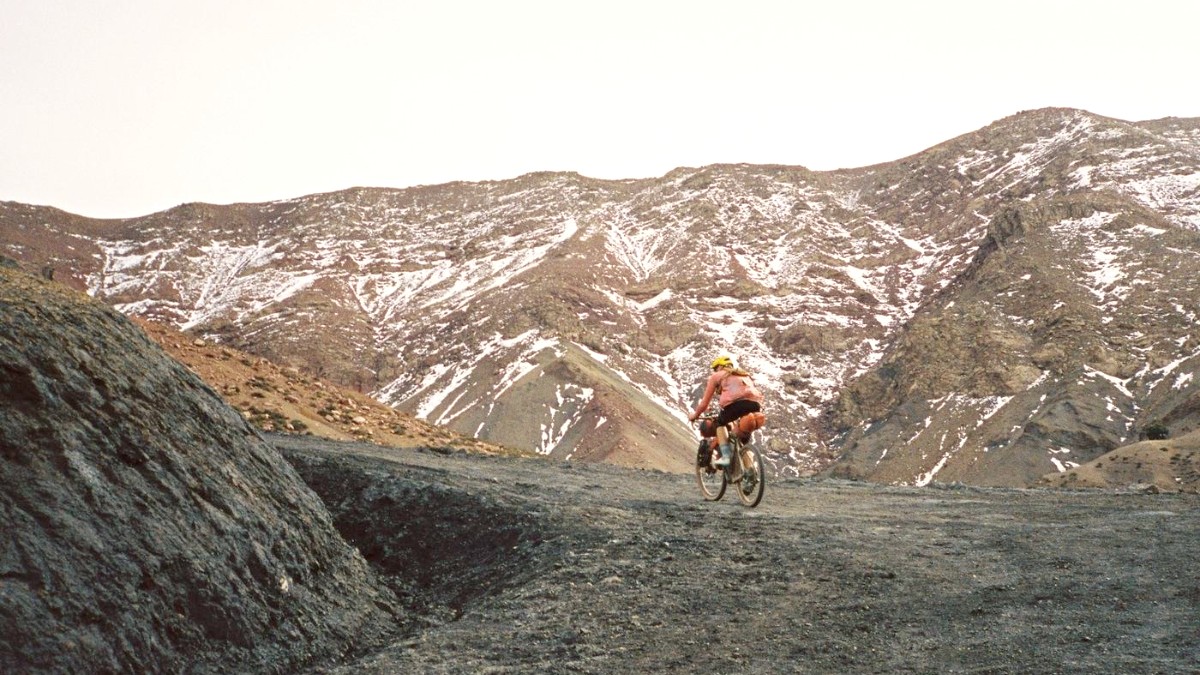
Tunisia
The historic heart of Hammamet, dating back to the 13th century. A captivating labyrinth of narrow, winding alleys, whitewashed buildings, and bustling souks (markets).
The Medina embodies the traditional Tunisian way of life. Always open for exploration. Shops typically open from 9 AM to 7 PM, often with a midday break. Individual shop hours vary.
Check their official website for current operating hours and ticket prices.
Ruins of the ancient Roman city just south of modern Hammamet. Remnants of Roman villas, thermal baths, and impressive mosaics.
The main mosque within the Hammamet Medina, identifiable by its minaret. Serves as a central place of worship for the local Muslim community.
The historic heart of Hammamet, dating back to the 13th century. A captivating labyrinth of narrow alleys and souks.
A well-preserved fortress at the edge of the Hammamet Medina, offering panoramic views of the town and bay.
Allow yourself to wander without a specific destination. Bargain politely when shopping in the souks.
Hammamet's beauty centers around its stunning coastline and fertile surrounding lands.
Long stretches of golden, soft sand beaches define Hammamet's coastline. Clear, warm Mediterranean waters make these beaches a main draw.
Water sports activities like jet-skiing, parasailing, and banana boat rides are readily available from vendors on the beach.
Many hotels along the coast offer private beach sections for their guests, complete with sun loungers and umbrellas.
Hammamet sits on the southern base of this fertile agricultural region, known for its extensive citrus groves and olive trees.
Driving along coastal roads or through the rural interior offers scenic views of agricultural landscapes and the sea.
Many hotels feature extensive gardens. The gardens of Dar Sebastian are a prominent natural attraction.
A serene, whitewashed cemetery and mausoleum on a hill overlooking the sea, very close to the Kasbah. Burial place of a local saint.
Venture beyond the Medina's tourist souk into Hammamet Centre to discover local markets where residents shop for daily goods.
A short trip from Hammamet, Nabeul is known for its ceramics. Visit workshops and see skilled artisans at work.
Lesser-known spots offer unique beauty and a glimpse into local life.
Discover and book memorable attractions and experiences.
Secure your entry to top Hammamet attractions and nearby historical sites in advance.
Explore the history and culture of Hammamet with expert local guides.
Extend your exploration to nearby regions with organized day trips.
Inquire about personalized sightseeing tours tailored to your interests.
Arrange Custom TripGeneral advice for visiting attractions.
Considerations for a smooth and respectful visit.
When interacting with locals, a friendly "Salam Alaikum" (hello) and "Shukran" (thank you) are well-received.
Bargaining is expected in the souks; maintain a friendly demeanor.
Beyond the well-known sights, Hammamet holds several lesser-known spots.
A serene, whitewashed cemetery and mausoleum located on a hill overlooking the sea, very close to the Kasbah. This site is the burial place of a local saint.
While the Medina has its well-known tourist souk, venture beyond its walls into Hammamet Centre to discover local markets.
A short trip from Hammamet, Nabeul is known for its ceramics. Here, you can visit workshops and see skilled artisans at work.
Arrange a visit through a local guide or a taxi driver.
Dar Sebastian, a beautiful villa built in the 1920s, now serves as a significant cultural center.
Explore the impressive gardens and check their program for current exhibitions.
The ruins of the ancient Roman city of Pupput lie just south of modern Hammamet. This archaeological site reveals a Roman settlement that predates Hammamet.
A quiet and contemplative experience, often less crowded than larger Roman sites.
Allow yourself to wander. Keep an eye on landmarks like the Kasbah or the sea for general orientation, or use offline maps.
Climb to the ramparts for excellent photography. The Kasbah is popular at sunset. A small museum inside provides some historical context.
For smaller museums like Dar Khadija, opening hours can be variable. Inquire locally (e.g., at your hotel or a nearby shop) for current times.